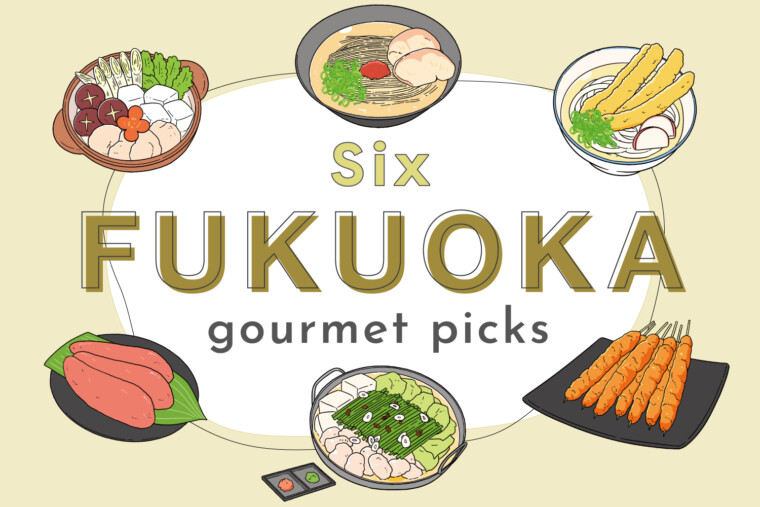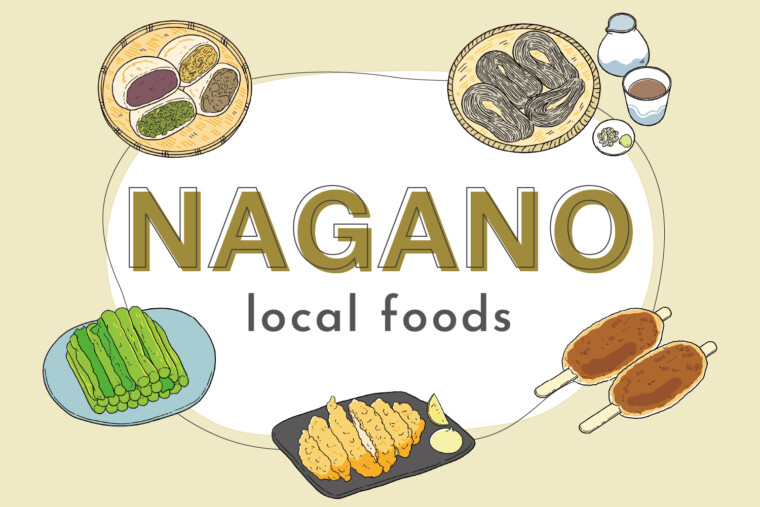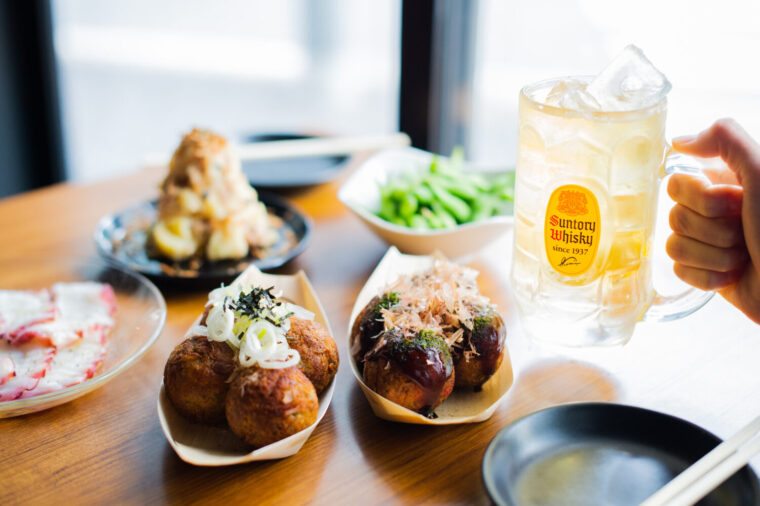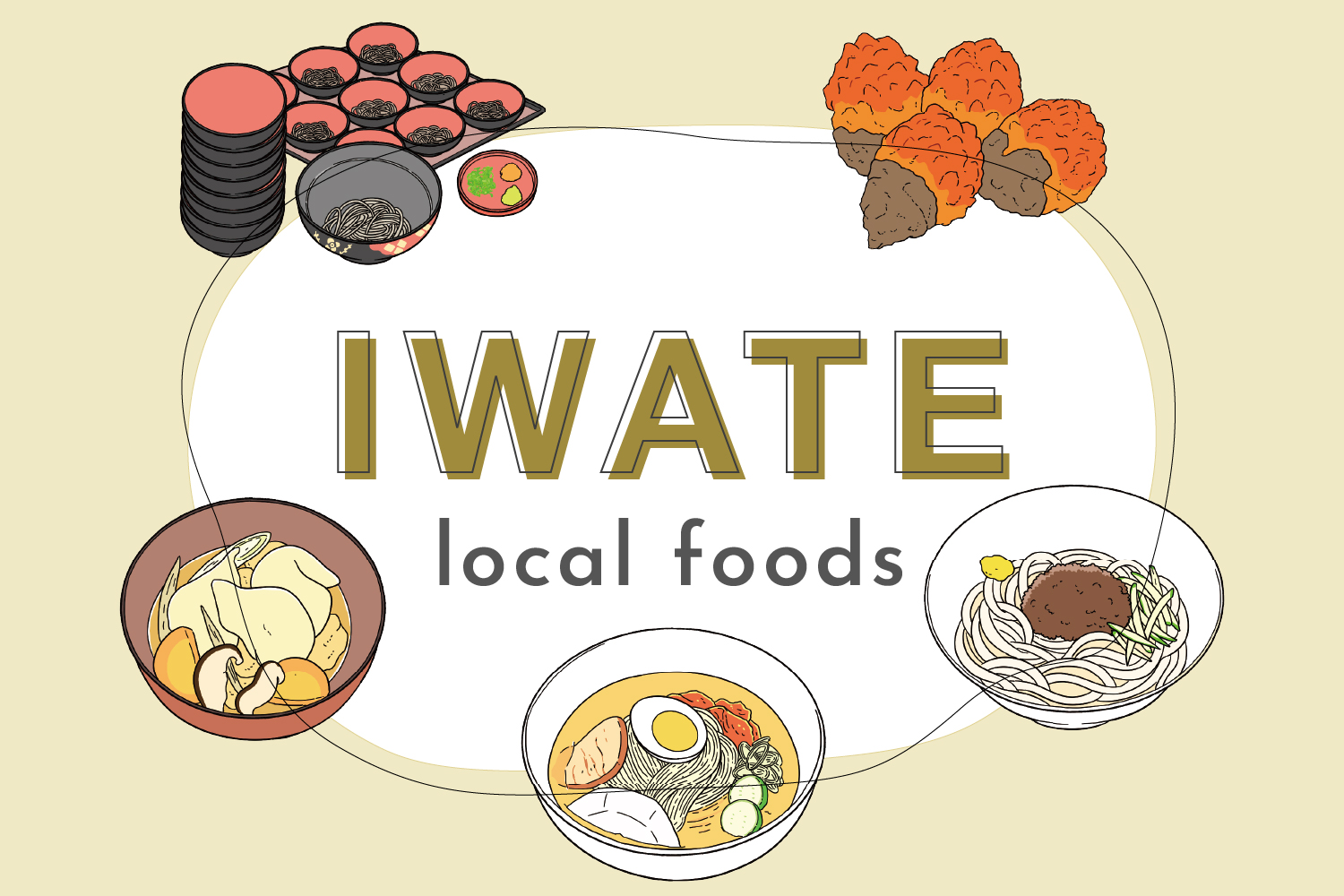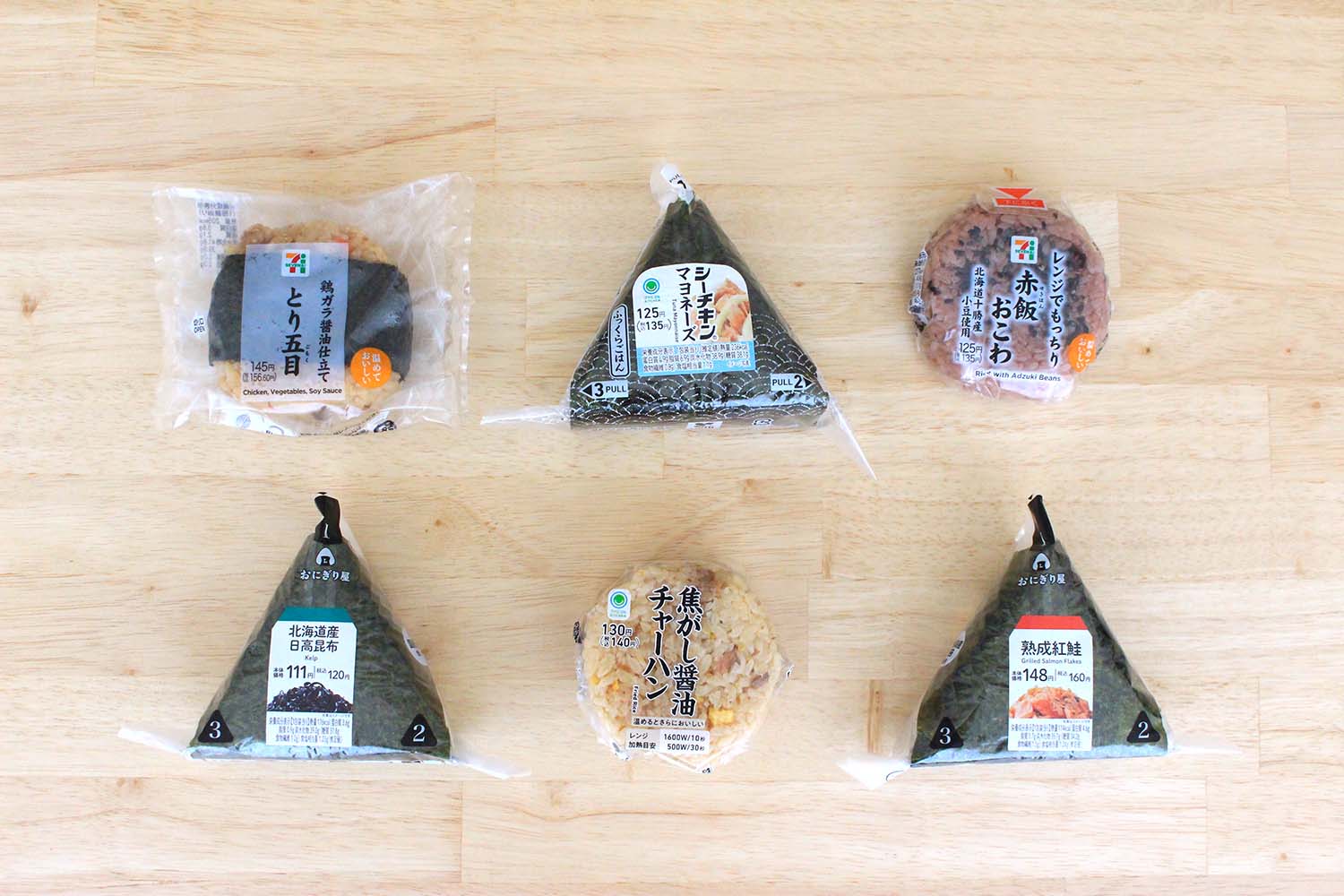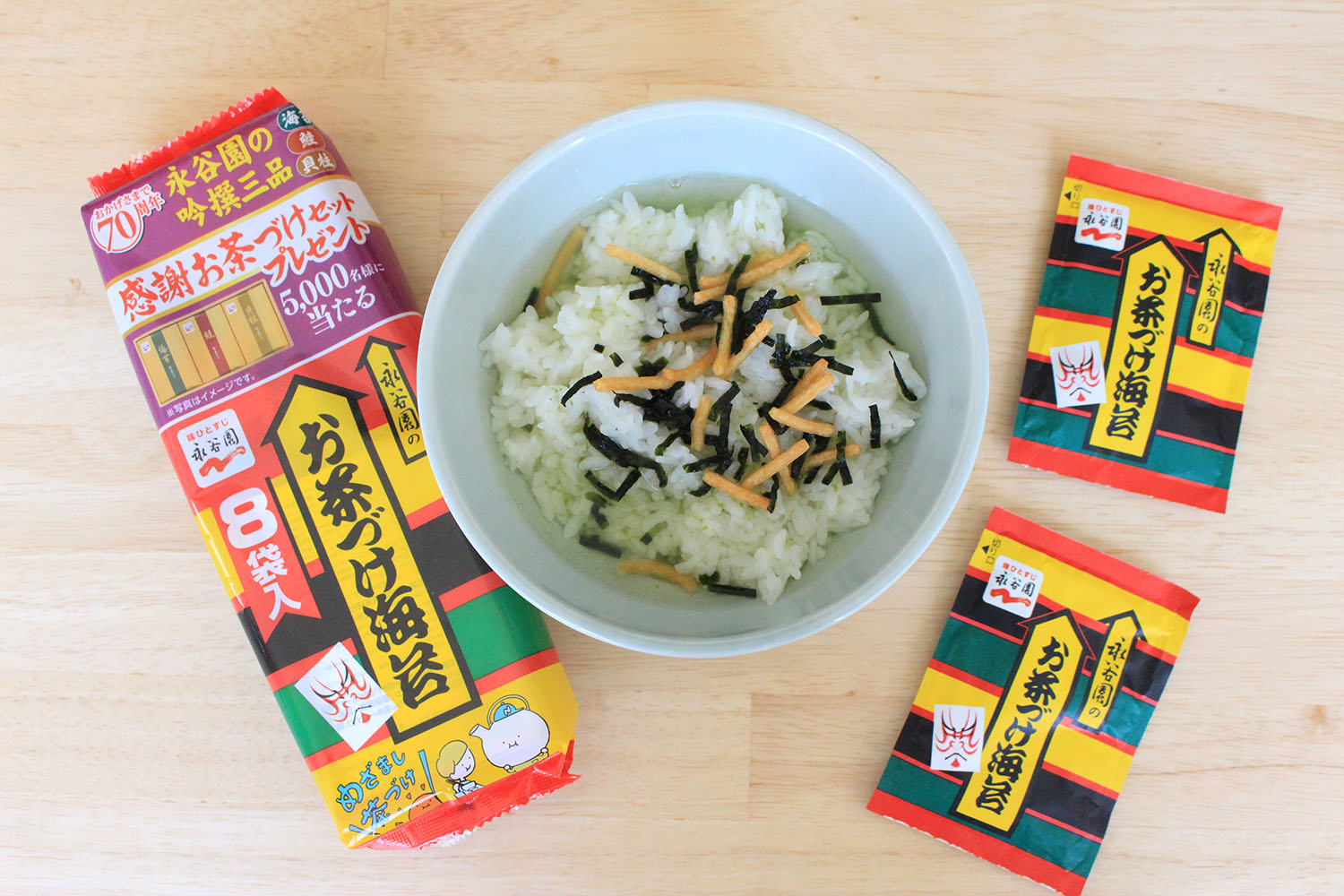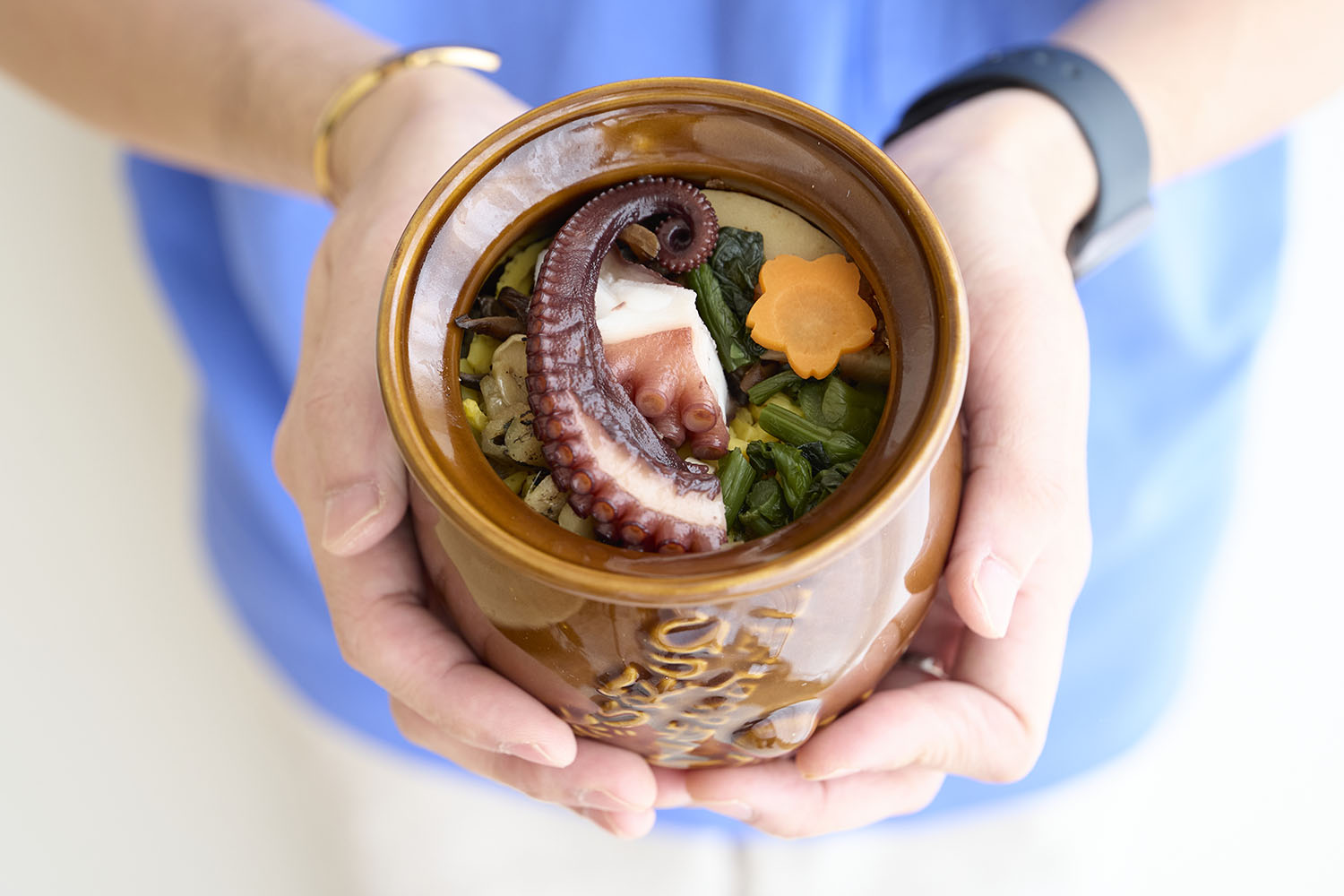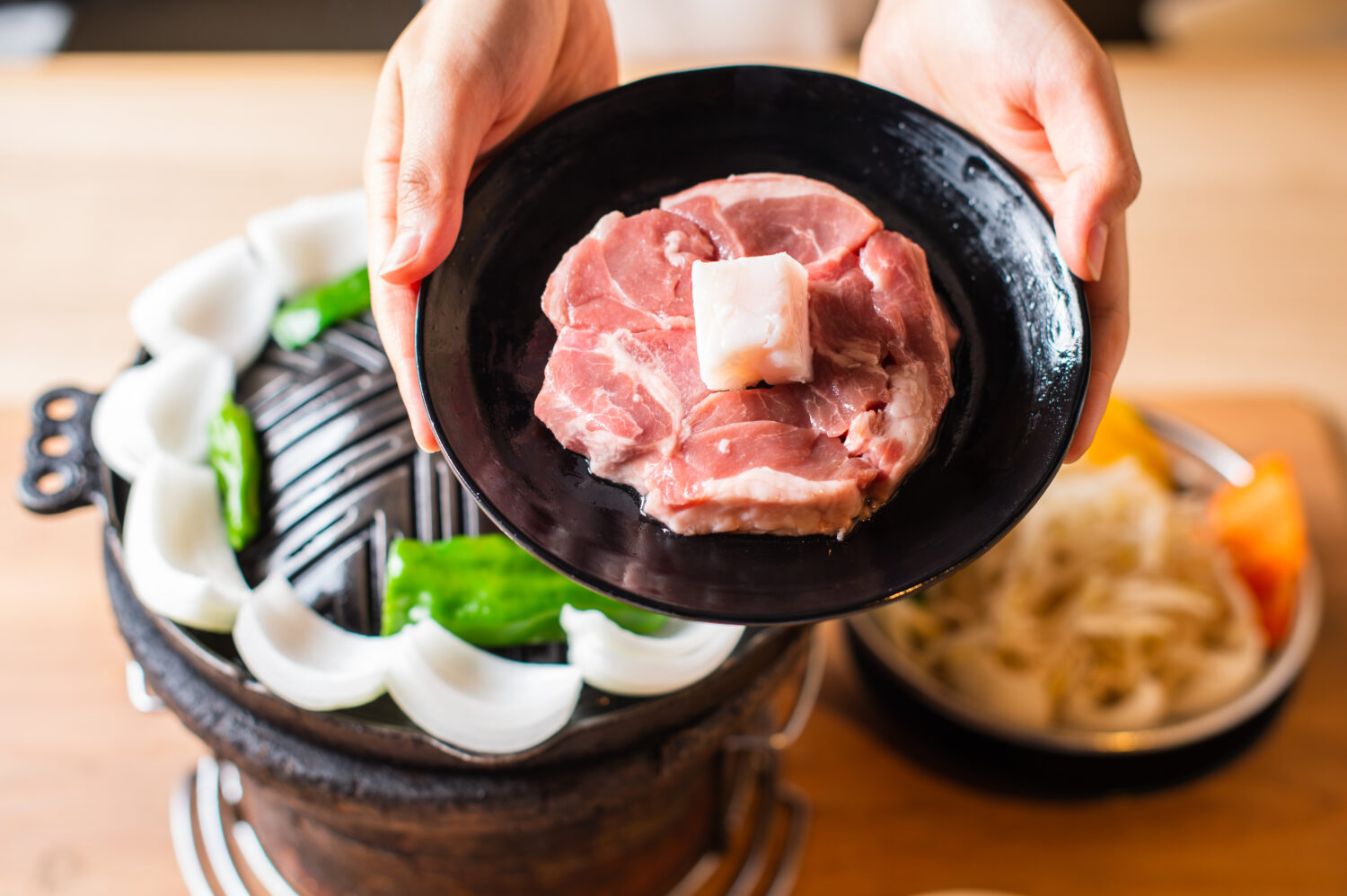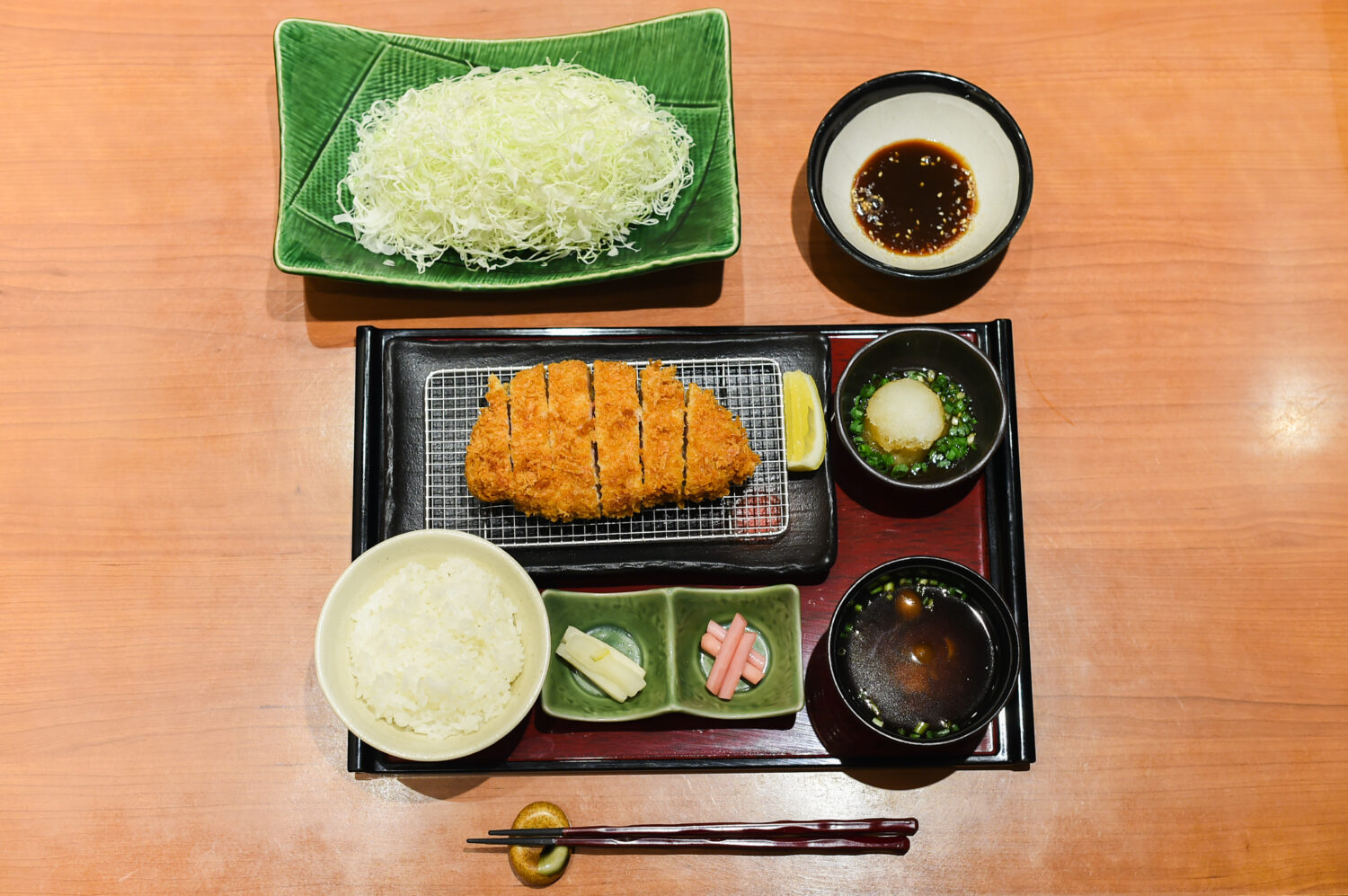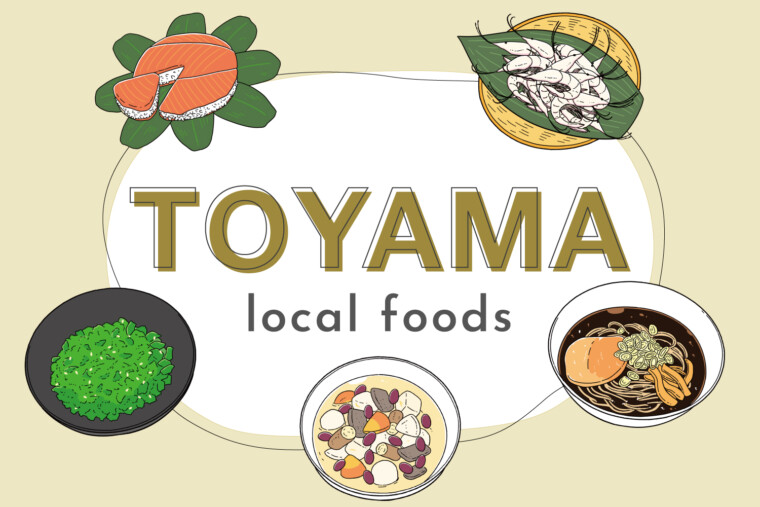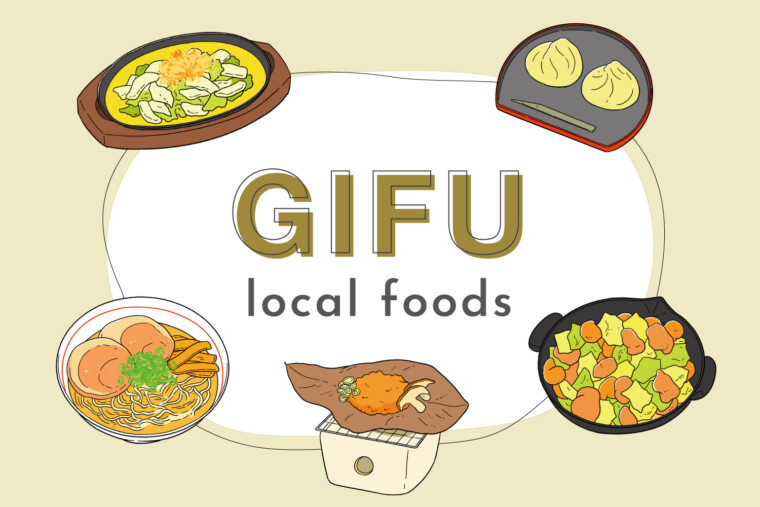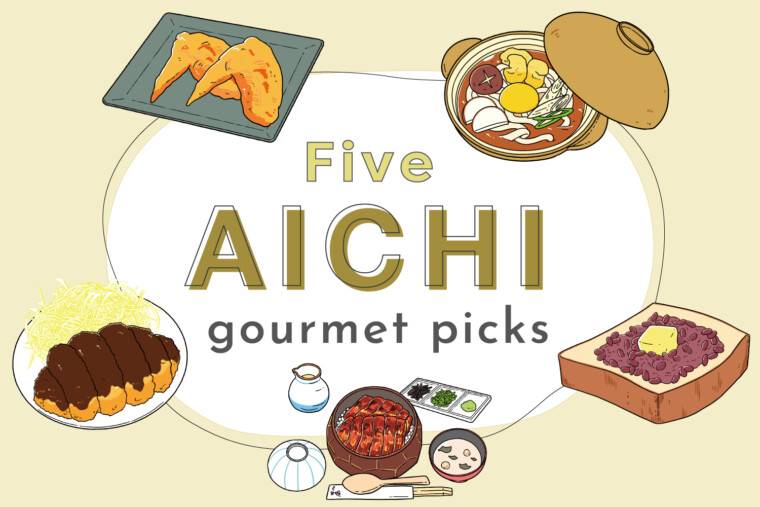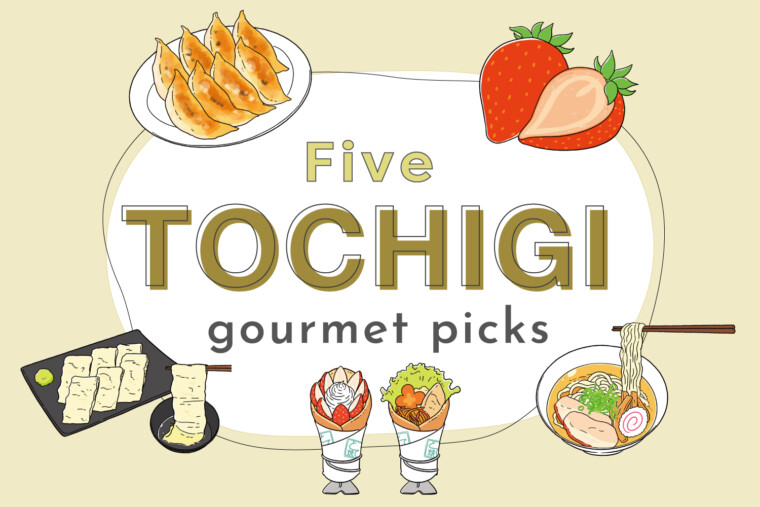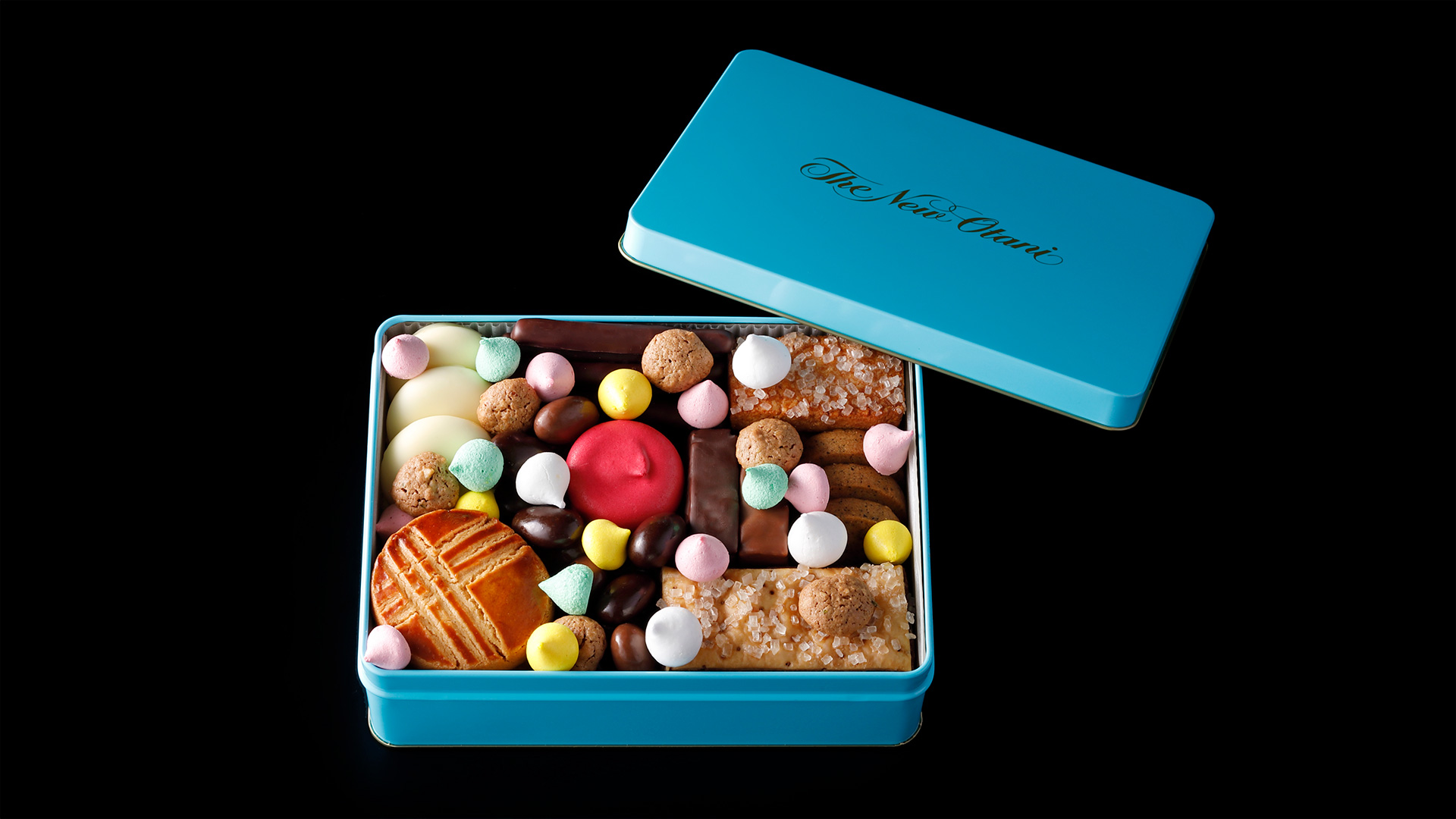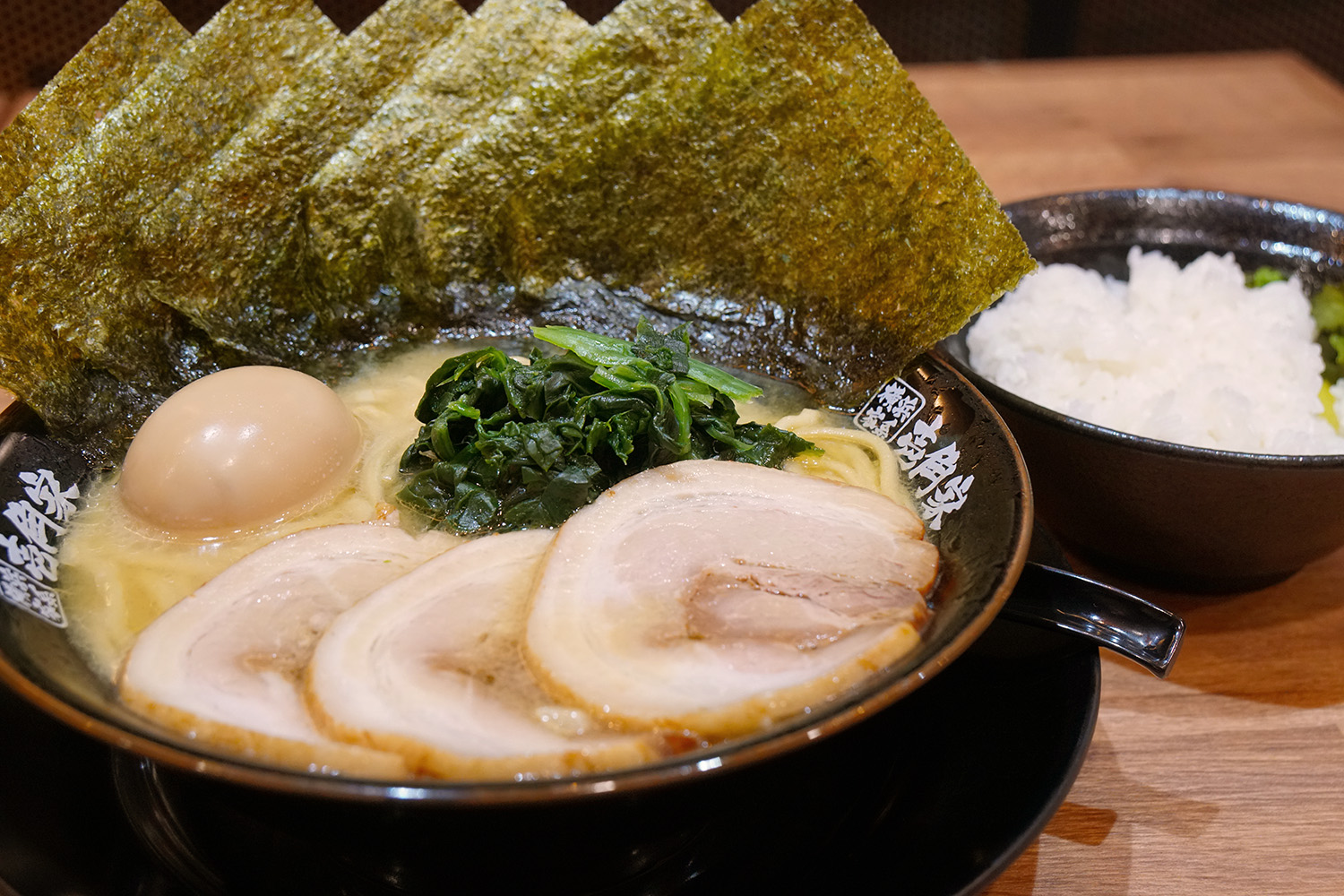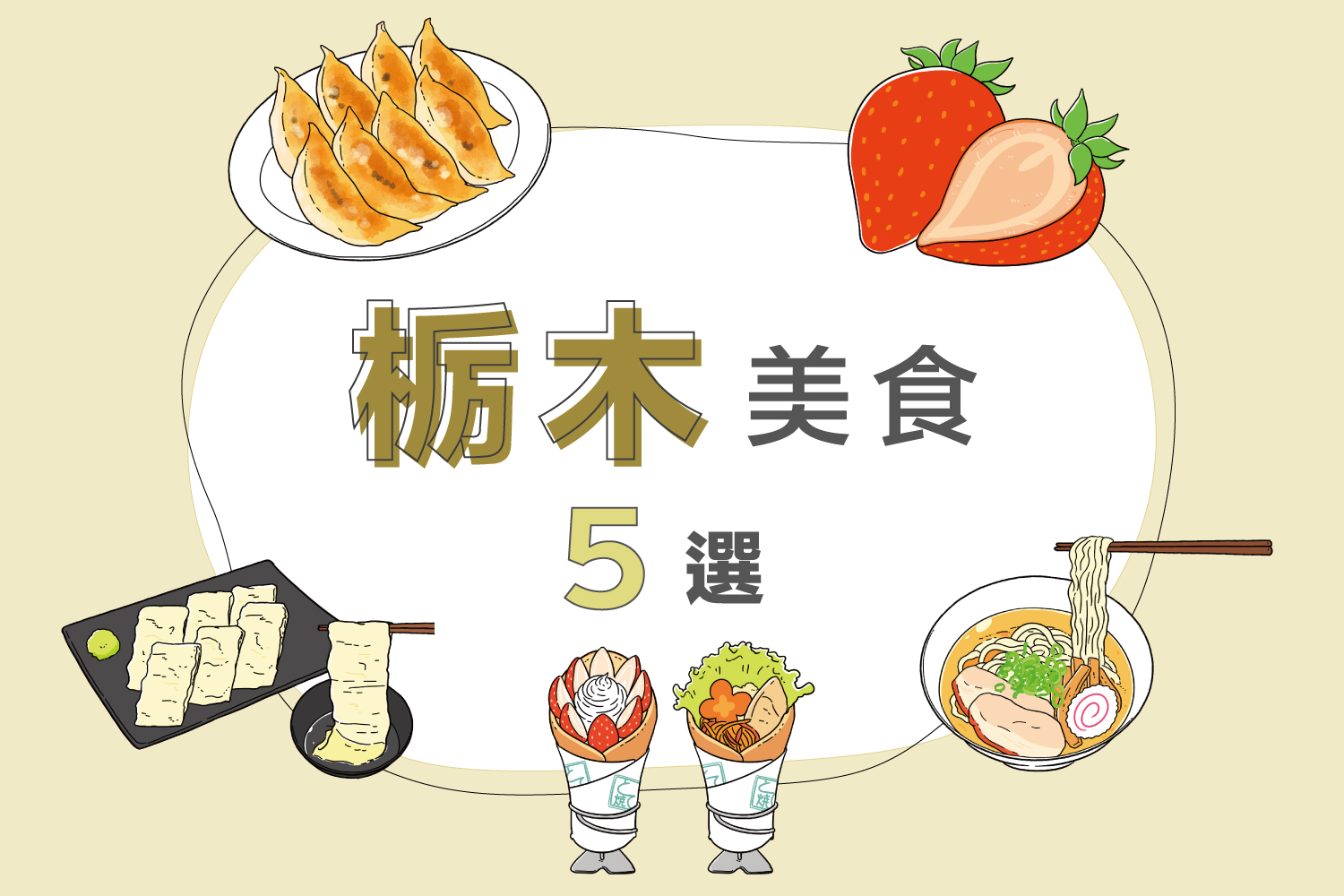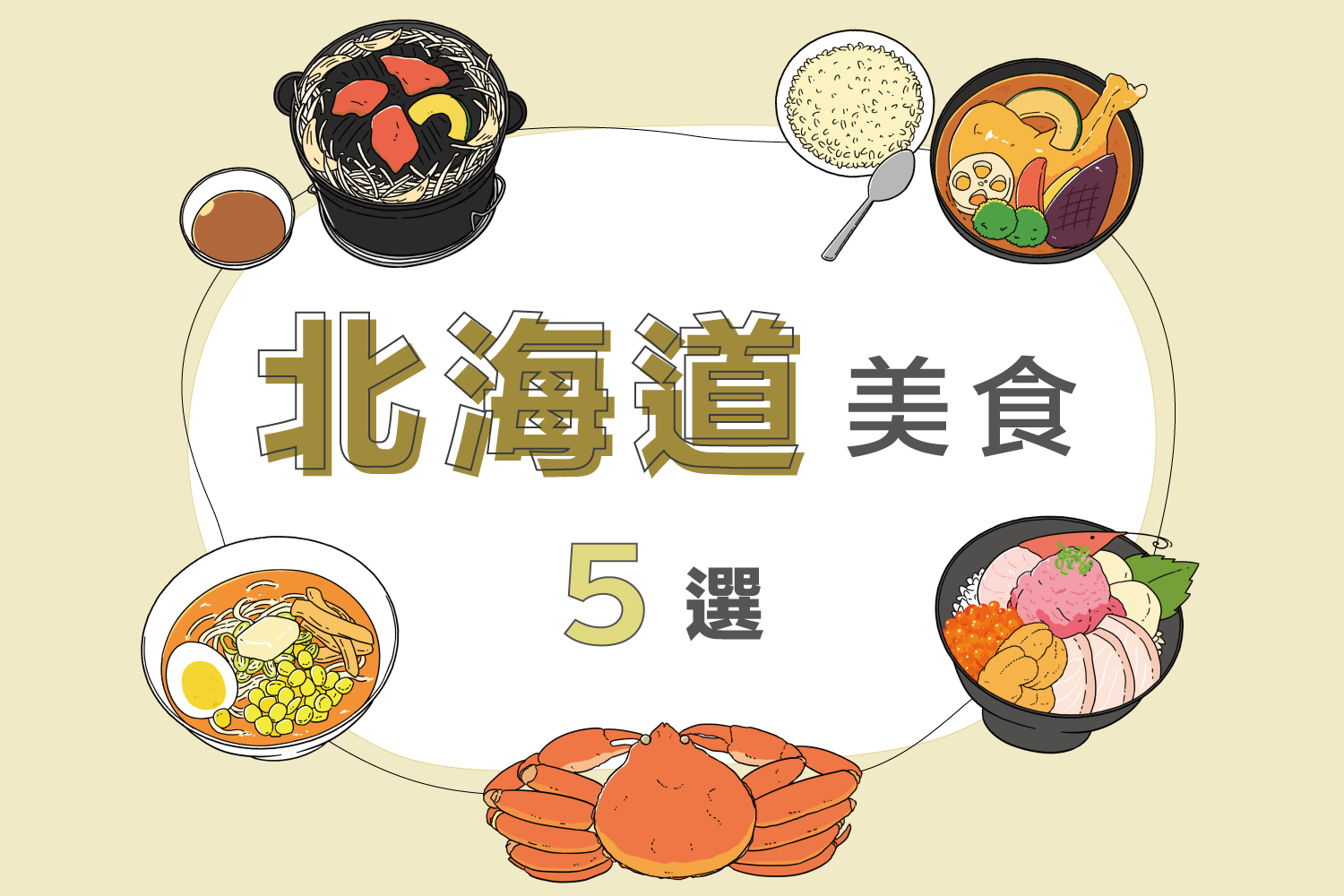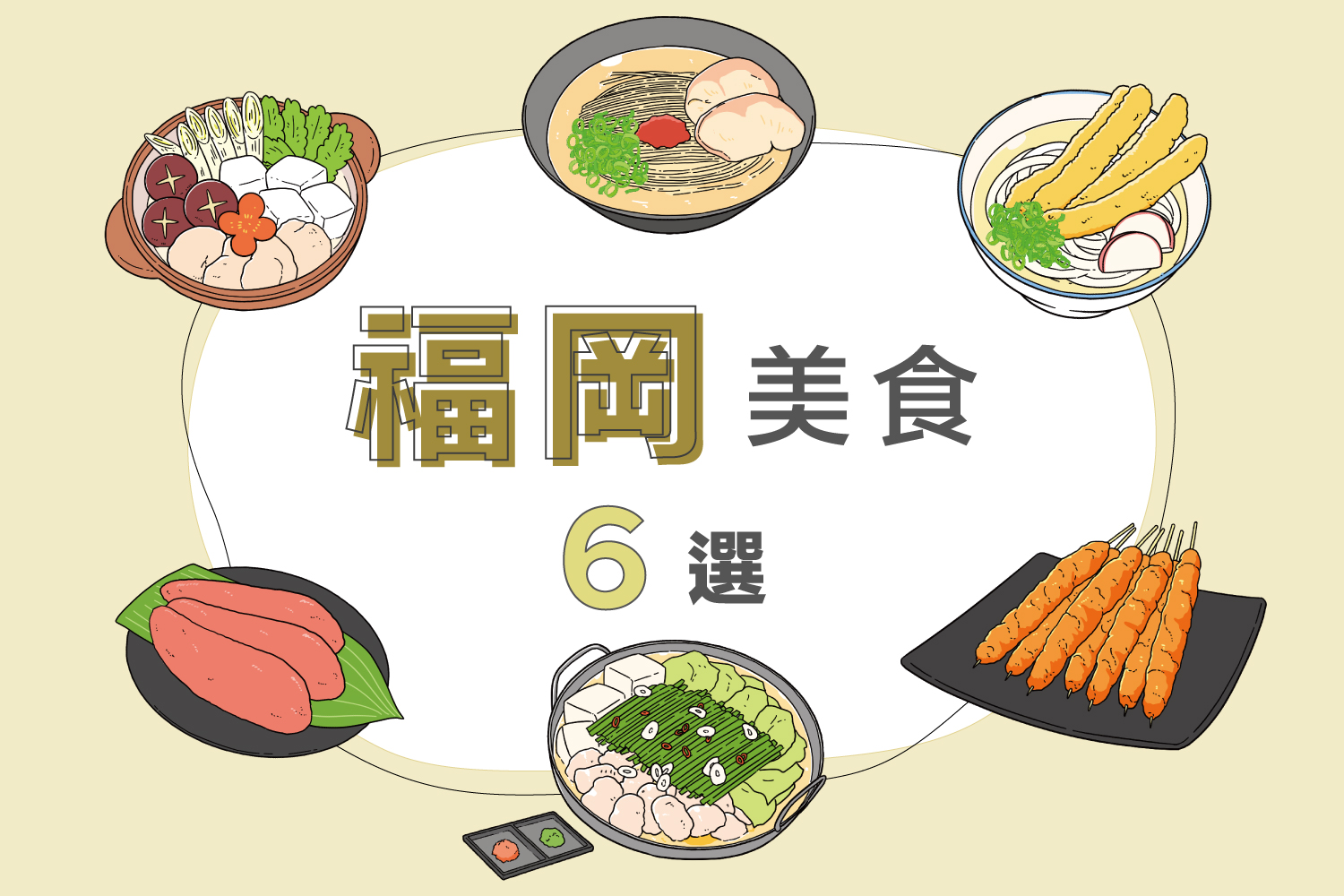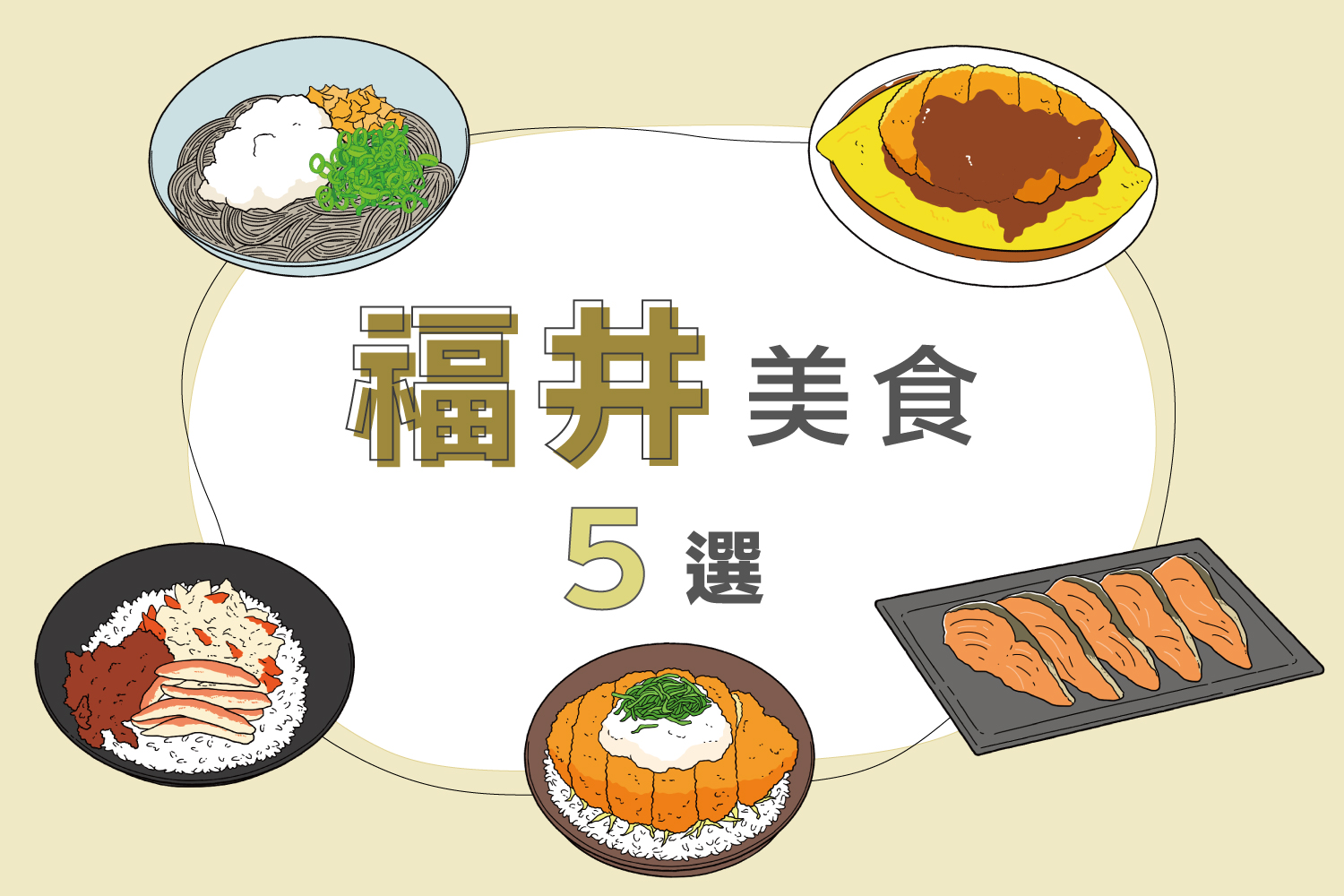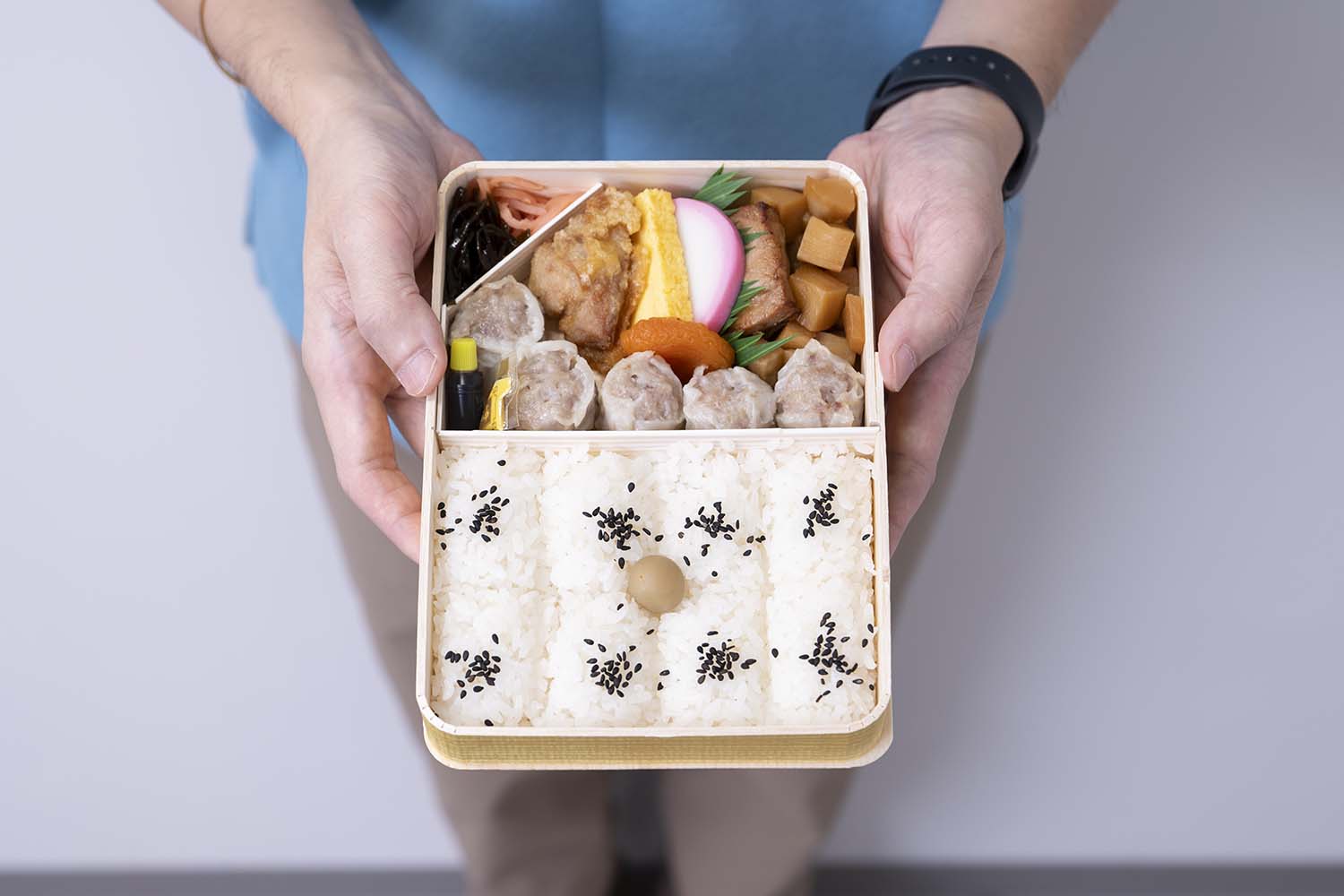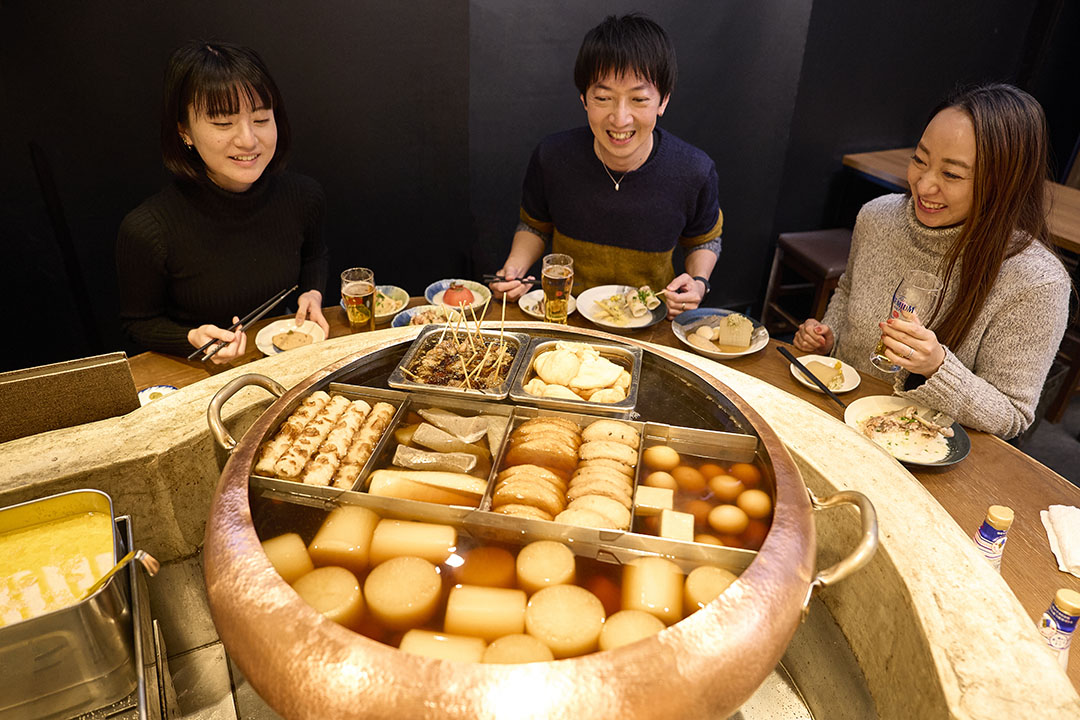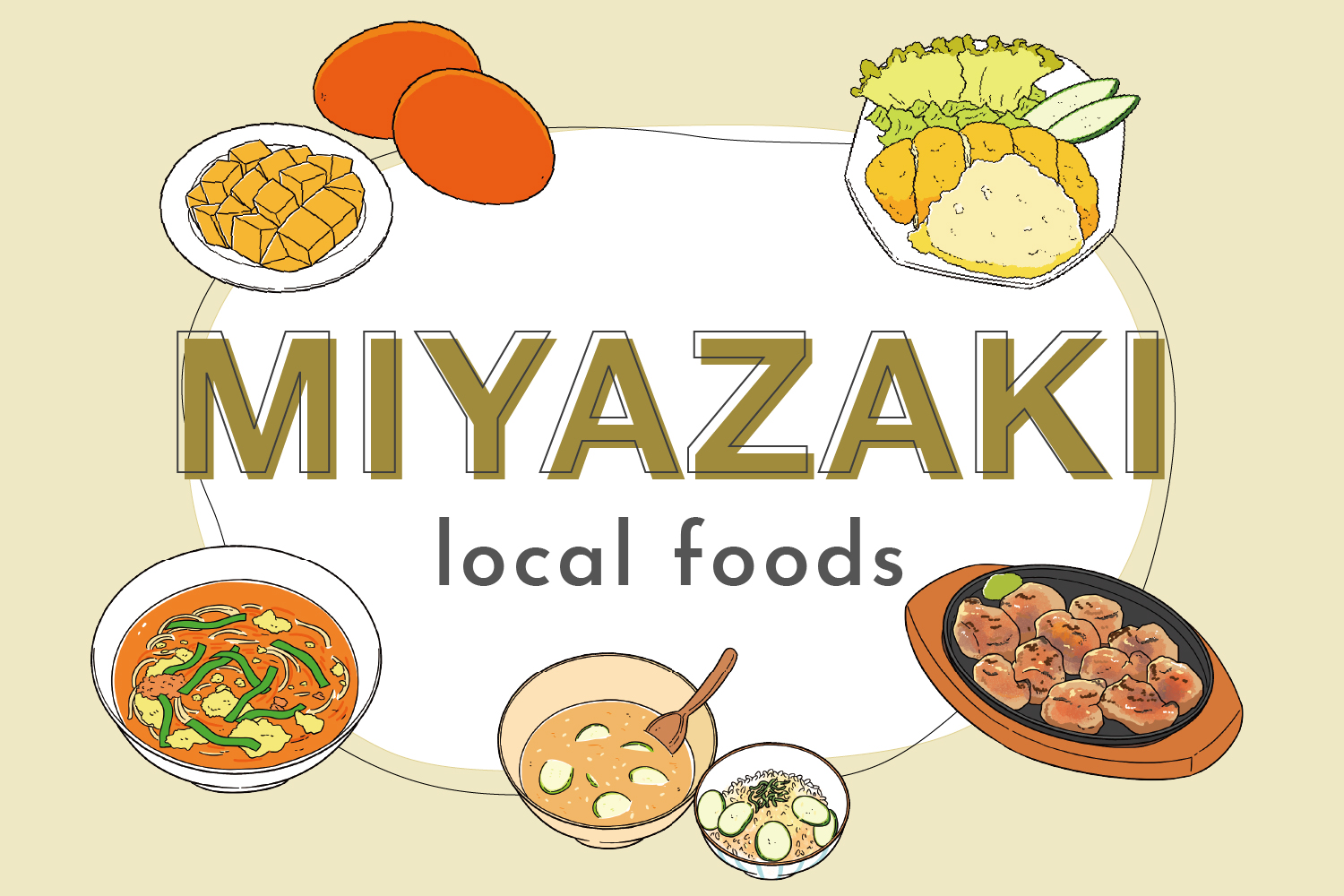
5 Local foods in Miyazaki | Chicken Nanban, Hiyajiru, Jidori no sumibiyaki, Karamen, and Mango
Miyazaki Prefecture has long sunny days throughout the year, and takes advantage of the mild climate. It focuses on horticulture, primarily fruit trees and vegetables such as mangoes, kumquats, and green peppers. Miyazaki also has a thriving livestock industry, including Miyazaki beef and Jidokko chicken.
share:
Table of Contents
The sweet and sour sauce is key! “Chicken Nanban”
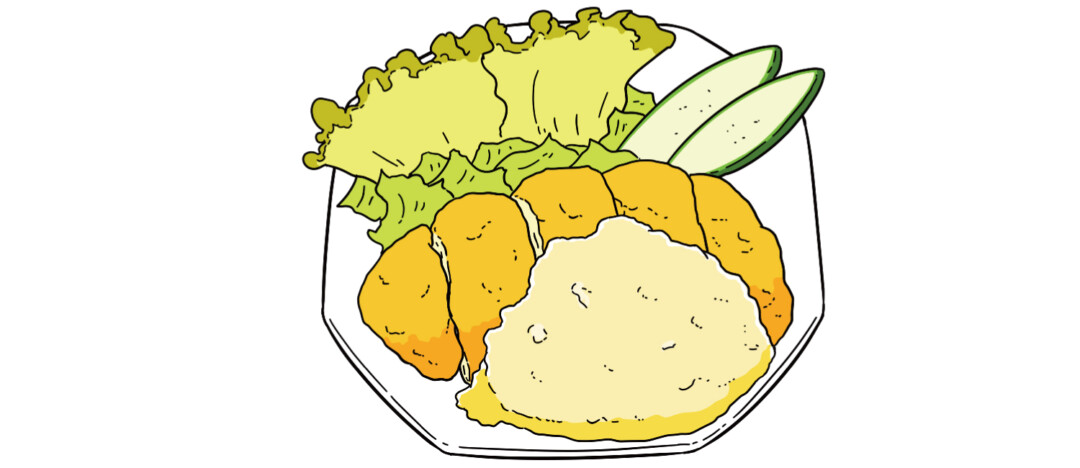
「Chicken Nanban was first prepared as meals for staff at a western food restaurant in Nobeoka City in the 1950s. The first iteration was a deep-fried battered chicken breast dipped in sweet vinegar, but its popularity increased when tartar sauce was added to the dish. The Portuguese brought a lot established dish oh marinating food with sweet vinegar and chili peppers to Japan, and called it nanbanzuke. The chicken nanban name come from this due to its similar marinating process.
Miyazaki’s popular black dish “Jidori no sumibiyaki”
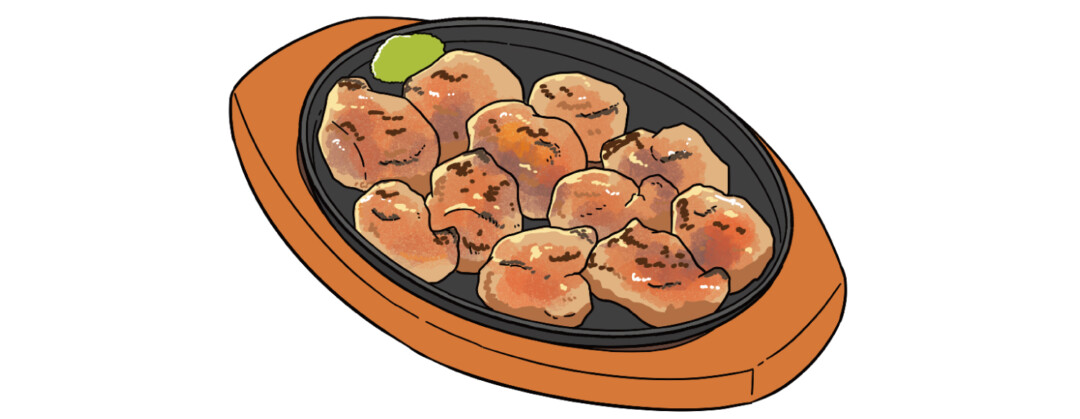
Around 1945, a street vendor in Miyazaki City began selling Jidori chicken thighs grilled over charcoal. Seasoning the meat by pounding salt by hand and grilling it over a strong charcoal fire removes excess fat. As the fat cooks over the fire, it smokes the chicken and makes it black and savory. As its popularity expanded, the number of specialized jidori chicken restaurants opened one after another, eventually being recognized throughout Japan. Currently, the Miyazaki Jidokko chicken is gaining popularity.
A summer nutritional food for Miyazaki “Hiyajiru”
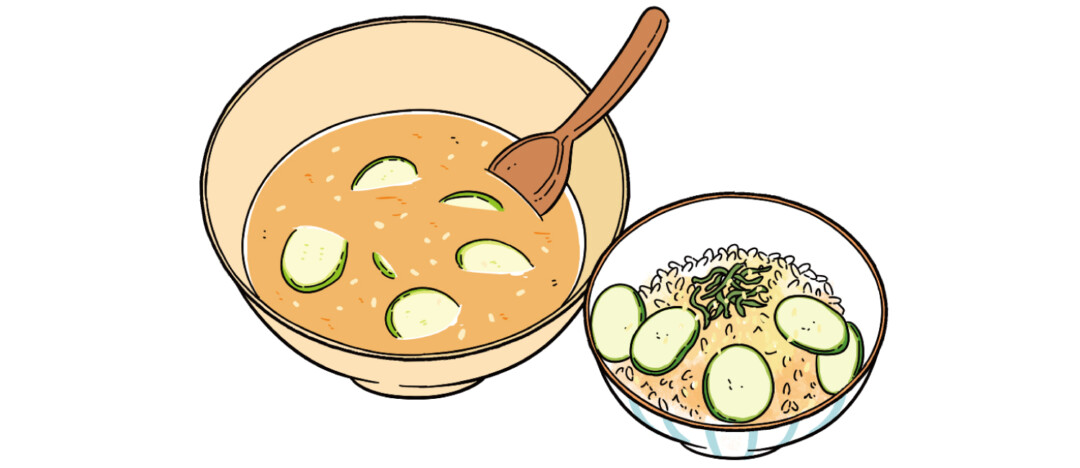
Hiyajiru is a local delicacy of fish paste, cucumber, tofu, myoga, sesame seeds, served over hot rice with a cold barley miso-based soup stock. Since ancient times, it has been popular among the people of Miyazaki as a nutritious meal during the hot summer months. Until the Kamakura period (1185-1333), Hiyajiru was eaten all over Japan, but slowly focused into Miyazaki, where the summer temperatures and humidity are high.
The deliciously spicy soup is addictive! “Karamen”
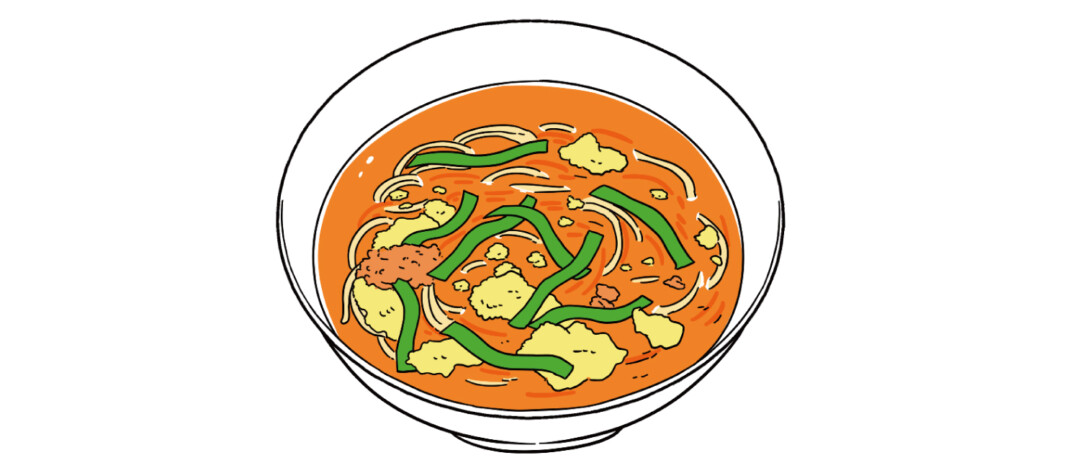
Karamen, a hot soul food of Miyazaki, was first served at a Nobeoka City restaurant in 1987. It gained positive reputation for its sticky noodle texture, spicy taste, and red color. The konjac noodles are make from buckwheat and wheat flours and do not stretch as much as regular noodles. Topics include chives, ground meat, and beat eggs. Spiciness can vary as an option from 0 to 25 spicy levels depending on how many chili peppers are added.
A blessing of the sun born in Miyazaki “Mango”
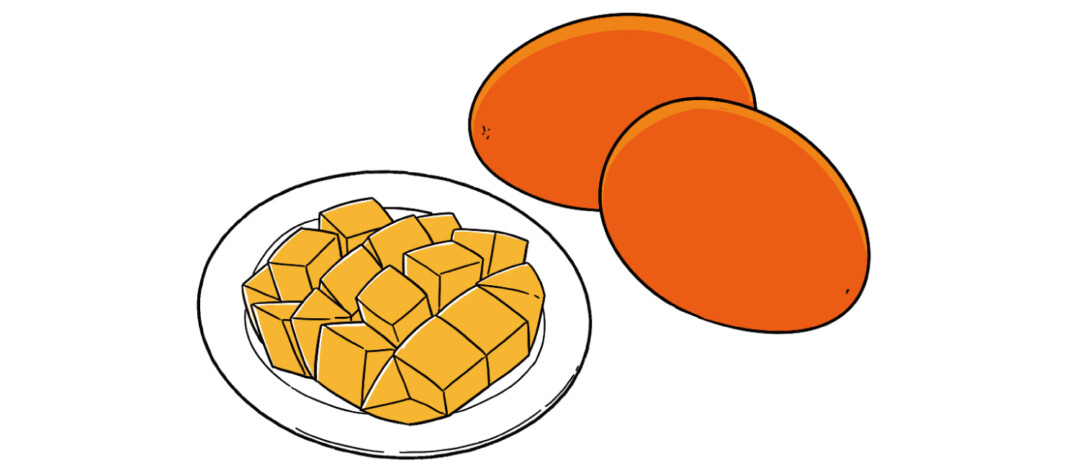
Miyazaki’s mangoes began as support to mango cultivation in Okinawa Prefecture, but now has become a well-known specialty product. Especially famous is “Taiyo no Tamago,” Miyazaki’s brand mango. It’s a fully ripe mango that must meet three requirements: sugar content of 15 degrees or higher, weight of 350 grams or more, and at least 2/3rd of the outer skin must be red.
The mango season harvesting takes place from mid-April to July. They are covered with nets and hung with strings to prevent them from falling, to ensure the most ripe harvest.
share:










